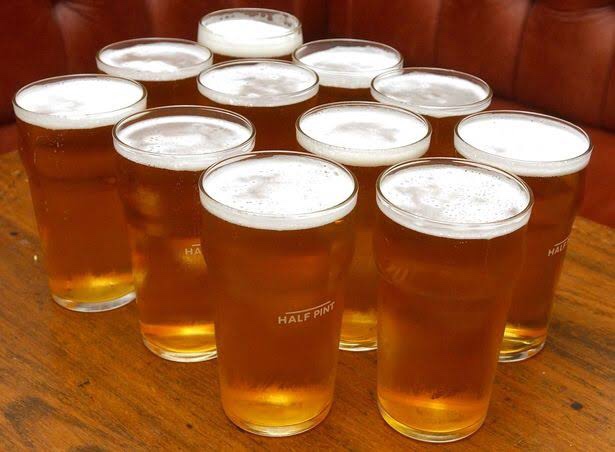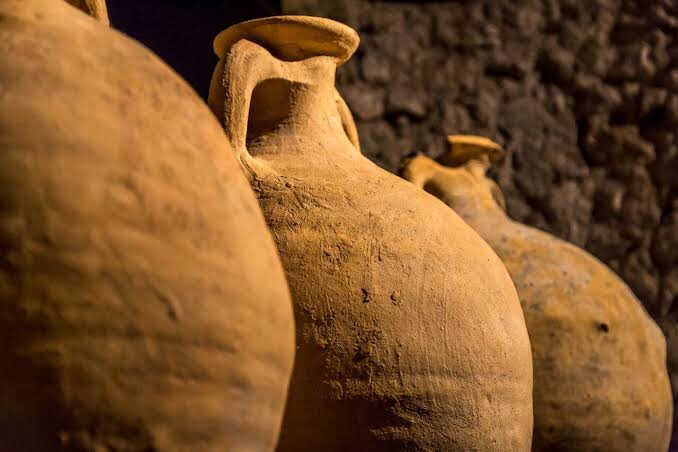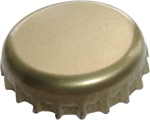With its vibrant, diverse culture, imaginative flavors, and passionate brewers, Canada has established itself as a craft beer haven. As I continue my survey of craft beer around the world, let’s go on a journey through the rich tapestry of Canada’s craft beer landscape, from the breweries nestled in quaint towns to the bustling urban centers. Let’s look at the craftsmanship, innovation, and unique flavors that make Canada’s craft beer scene truly remarkable. Afterward, like me, I’m sure you’ll want to visit many of these breweries along with everything else Canada has to offer.
The craft beer revolution in Canada began in the 1980s, inspired by the growth of microbreweries in the United States. Breweries like Granville Island Brewing in Vancouver and Upper Canada Brewing in Ontario were among the pioneers. Since then, the movement has gained momentum, and the number of craft breweries across the country has soared. According to the Canadian Craft Brewers Association, there are now over 1,000 craft breweries in Canada, creating an extraordinary range of beer styles and flavors.
Canada’s vast expanse is home to diverse regional beer cultures, each with its own distinct characteristics. In the east, Atlantic Canada has emerged as a hotbed of craft beer, with Nova Scotia leading the way. Halifax boasts a thriving beer scene, with breweries like Garrison Brewing Co. and Propeller Brewing Co. delighting locals and visitors alike.
Moving westward, Quebec is renowned for its creativity in brewing. The province is known for its Belgian-inspired beers and experimental flavors. Dieu du Ciel! in Montreal and Le Trou du Diable in Shawinigan are prominent examples of Quebec’s thriving craft beer scene.
In Ontario, Toronto stands as a hub for craft beer enthusiasts. The city is teeming with breweries, including Steam Whistle Brewing and Bellwoods Brewery, offering a wide array of styles and flavors.
On the picturesque West Coast, British Columbia shines as a craft beer mecca. With its abundance of hops and a deep-rooted beer culture, breweries like Phillips Brewing Co. in Victoria and Parallel 49 Brewing in Vancouver have gained national acclaim.
Canada’s craft beer scene thrives on innovation, always pushing the boundaries of traditional styles and flavors. Brewers experiment with local ingredients, such as maple syrup, spruce tips, and indigenous fruits, adding a distinct Canadian touch to their creations.
One popular style that has gained recognition worldwide is the Canadian India Pale Ale (IPA). Known for its strong hop character, it showcases the country’s expertise in hop cultivation. From the resinous and piney West Coast IPAs to the fruity and tropical New England IPAs, Canadian brewers have embraced the IPA style with fervor.
Even better, barrel-aged beers have become a sought-after specialty. Breweries age their beers in oak barrels, previously used for whiskey, wine, or other spirits, imparting unique flavors and complexity. Beers like bourbon barrel-aged stouts and sour ales exhibit the craftsmanship and patience of Canadian brewers.
Craft beer festivals have become an integral part of the Canadian beer culture, celebrating the spirit of craftsmanship and camaraderie. Events like the Great Canadian Beer Festival in Victoria, the Mondial de la Bière in Montreal, and the Toronto Craft Beer Festival bring together breweries, beer enthusiasts, and industry professionals. These festivals offer a platform for breweries to showcase their latest creations while providing attendees with a memorable tasting experience.
Beyond the festivals, the craft beer community in Canada is incredibly passionate and supportive. Collaboration is popular, sharing ideas and ingredients to create unique, new brews. Beer enthusiasts actively engage in beer clubs, tastings, and online communities, fostering a vibrant and inclusive beer culture.
From the Atlantic to the Pacific, Canada’s craft beer scene has established itself as a force to be reckoned with. The country’s breweries continue to captivate beer enthusiasts with their creativity, craftsmanship, and unwavering passion for beer. Whether you find yourself exploring the lively breweries of Halifax, the experimental flavors of Quebec, the bustling Toronto scene, or the hop-centric breweries of British Columbia, Canada offers a beer journey like no other. So raise a glass, immerse yourself in the flavors, and experience the rich tapestry of Canada’s craft beer scene—a brew lover’s paradise awaits.
I have yet to explore these breweries myself but plan on it in the future!



